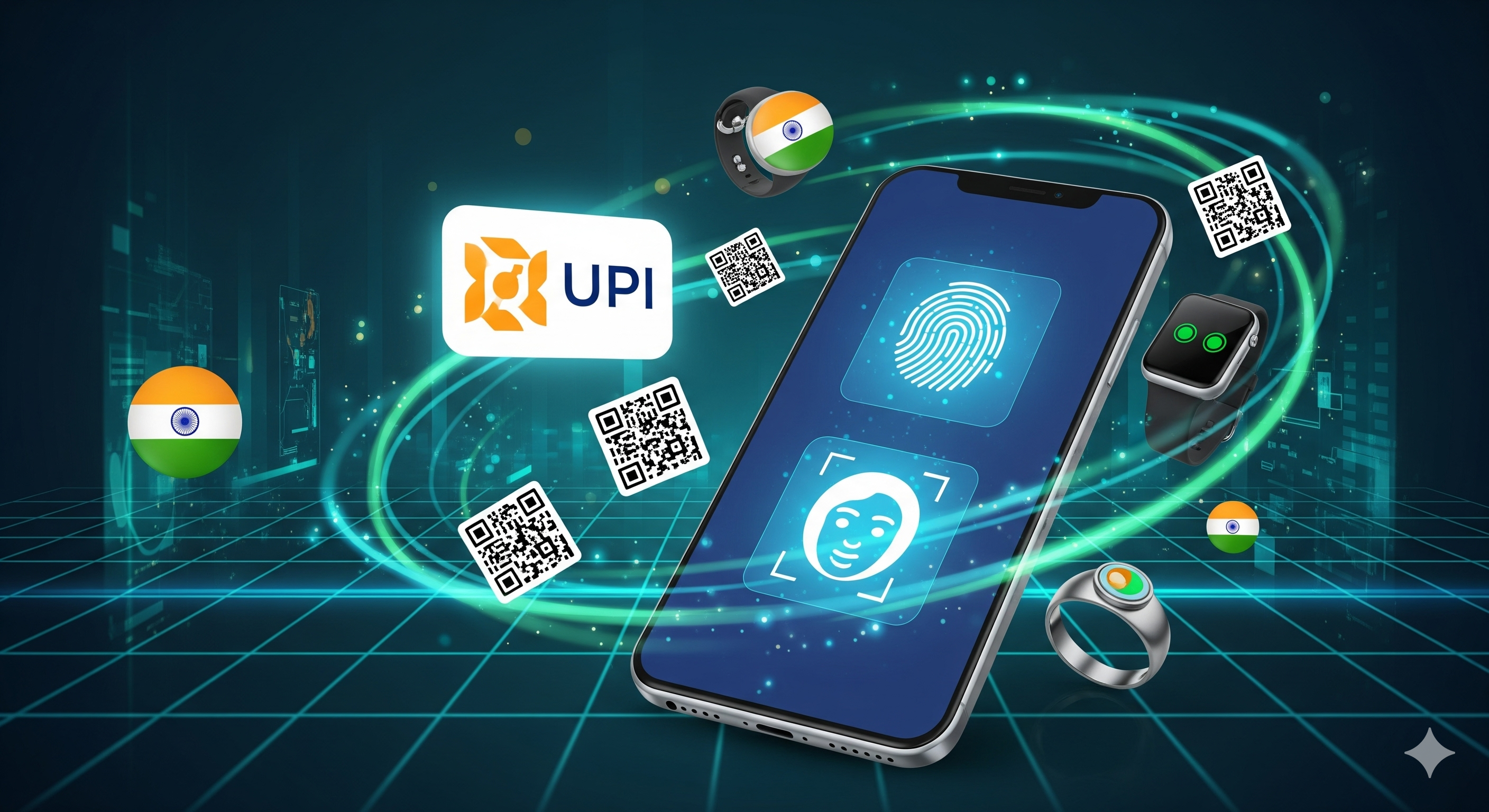In today’s digital-first financial world, payment security is at the forefront. With heightened cyber attacks, increased customer expectations, and global pressure toward cashless economies, conventional authentication is no longer adequate. Biometric payment security is becoming the game-changer—transforming the future of fast, frictionless, and fraud-proof transactions.
The Emergence of Biometric Authentication in Fintech
From unlocking phones to passing through airport immigration, biometric technologies are now an integral part of our daily lives. In fintech, biometrics are changing the identity verification and payment authentication process. Be it facial recognition, fingerprint scanning, iris recognition, or voice verification—biometrics in fintech are providing a balance of convenience and robust security.
According to Juniper Research, over 1.4 billion individuals will use facial recognition payments by the year 2025. The boom is fueled by the requirement for smooth digital experiences coupled with regulatory efforts for greater KYC/AML compliance.
Why Biometric Payment Security is the Future
Frictionless Transactions
Biometric authentication minimizes the time spent by users to authenticate transactions, bypassing the need to recall passwords, OTPs, or PINs. This streamlines the customer experience—particularly important in mobile-first economies such as India.
Enhanced Security
Biometric characteristics are virtually impossible to fake. This assists in lessening fraud and identity theft significantly, a source of rising fear in India’s rapidly expanding UPI and digital payments ecosystem.
Regulatory Alignment
India’s regulatory frameworks, such as Aadhaar and RBI’s mandates on strong customer authentication, are well-aligned with biometric innovations. Biometrics provide a robust mechanism to ensure compliance while improving user experience.

Biometrics in Fintech: Use Cases and Trends
✅ Banking & Payments
Indian banks are now integrating fingerprint and facial recognition into ATMs, mobile apps, and onboarding processes. Biometric-backed eKYC has also cut down onboarding time drastically for fintech players.
✅ E-commerce & Wallets
Online payment gateways and digital wallets are adopting facial recognition and fingerprint authentication to protect checkouts and verify large-value transactions.
✅ Wearable and Contactless Payments
Biometric sensors in wearables (such as smartwatches or rings) enable people to pay with a touch or a glance—a new trend in urban India.
Boost Trust with Biometric Security
Wishing to increase customer trust and achieve compliance while delivering convenient payments?
Discover biometric authentication solutions that can revamp your fintech ecosystem today.
Challenges on the Road Ahead
Even with its potential, biometric payment security in India faces numerous challenges:
Privacy issues related to the collection, storage, and use of biometric data.
Data breaches, which—if they involve biometric data—can be irreversible.
Hardware constraints in low-end devices or low-density areas, resulting in a lackluster user experience.
To address these, fintech companies will need to invest in multi-modal biometric solutions, end-to-end encryption, and open data policies.
Conclusion: A Secure, Biometric-Driven Payment Future
Biometric authentication is not a tech upgrade—it’s a paradigm shift in how we trust, verify, and pay in the digital world. For Indian and international fintech companies alike, embracing biometric payments is not a choice—it’s a necessity.
With changing regulations, growing digital adoption, and the imperative of real-time fraud prevention, biometric payment security will define the next wave of innovation in the Indian fintech industry.
Last Call to Action: Create Your Biometric-First Fintech Today
Are you ready to future-proof your fintech offering with state-of-the-art biometric authentication?
Let’s work together to create secure, compliant, and customer-centric payment experiences.
Frequently Asked Questions
Are biometric payments more secure than PINs and passwords?
Yes. Biometric signatures such as fingerprints or facial recognition are much more difficult to reproduce than conventional methods and are therefore safer from fraud.
What would happen if biometric information were stolen?
Biometric data theft is serious because, unlike passwords, biometrics cannot be modified. For this reason, good encryption and data protection mechanisms are necessary.
Are biometrics compliant with regulations in India?
Yes. Regulations such as Aadhaar-enabled services and RBI’s strong customer authentication guidelines support biometric authentication as a compliant method.
Will biometric authentication work on all devices?
While most modern smartphones and wearables support biometrics, some budget or older devices may face limitations. Multi-modal systems can help ensure broader adoption.
Can biometrics improve customer experience?
Definitely. By negating the requirement of remembering several credentials, biometrics speed up, simplify, and make transactions easier.
![]()






